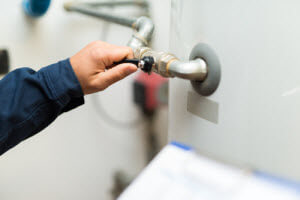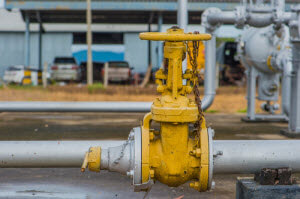Valve Repair & Maintenance Safety: Important Topics to Address
Safety should be your company’s top priority. But as the industry continues to evolve, it’s getting more difficult for businesses to promote valve repair and maintenance safety in their plants. Fortunately, understanding and communicating vital information can ensure peace of mind on the production floor.
To help you better promote valve repair and maintenance safety for your company, here are a few important topics you need to discuss with your staff.
Training for Proper Maintenance and Repairs
 Training is one of the most important aspects of valve repair and maintenance safety. However, finding experienced and properly trained workers can be difficult as the valve industry continues to grow.
Training is one of the most important aspects of valve repair and maintenance safety. However, finding experienced and properly trained workers can be difficult as the valve industry continues to grow.
With that said, you need to make sure that you provide employees with the necessary training to ensure safety, especially when repairing and maintaining valves. When your workers operate machinery and other industrial equipment without proper training, there’s a higher chance of experiencing system failures and workplace injuries.
Teaching primary valve information is a good place to start when training employees. From there, take the time to educate them on the latest maintenance and repair systems and technologies as well as standard protocols and procedures. Most importantly, make sure that they have all the tools and resources needed whenever they must repair or maintain valves offsite.
Leak Prevention and Repairs
 Even with new technologies and design upgrades, leaking valves are still one of the biggest safety concerns in many industrial plants. Leaks of any material can put the workers and the facility in danger and cause environmental damage. Fortunately, new standards and EPA actions are working to reduce the risk of valve leaks and fugitive emissions and ensure safety in the workplace.
Even with new technologies and design upgrades, leaking valves are still one of the biggest safety concerns in many industrial plants. Leaks of any material can put the workers and the facility in danger and cause environmental damage. Fortunately, new standards and EPA actions are working to reduce the risk of valve leaks and fugitive emissions and ensure safety in the workplace.
Both the ISO and the API have issued many different standards to ensure safe, leak-free valve operations. Both parts of the ISO 15848 standard require more stringent valve testing procedures to minimize and control valve leaks as well as fugitive emissions. The API 622 standard and the API 624 standard address valve leaks and fugitive emissions by adding stricter valve testing and packing requirements.
It’s important to discuss these regulations and standards with workers to make sure that all valves are maintained properly for a leak-free and safe performance. And as always, take the time to provide employees with the proper training needed so they know exactly how to maintain and repair valves safely.
Key Valve Repair & Maintenance Safety Tips
Above all, you need to discuss and remind workers of key valve safety tips. This includes making sure that they’re aware of potential hazards and basic procedures for valve maintenance and repair.
While this does seem like it should be common sense to trained valve professionals, employees can forget. They can also choose to ignore these tips in favor of repair and maintenance methods that are easier but not necessarily safer. So always discuss basic valve safety procedures to keep everyone on the production floor safe and protected.
The valve industry is changing, but safety should always be your company’s number one priority. So take the time to discuss these important topics with your employees to ensure safety and peace of mind at your plant.
Contact CPV Manufacturing to learn more about our high-quality control standards to offer the safe and reliable valves and fittings.
